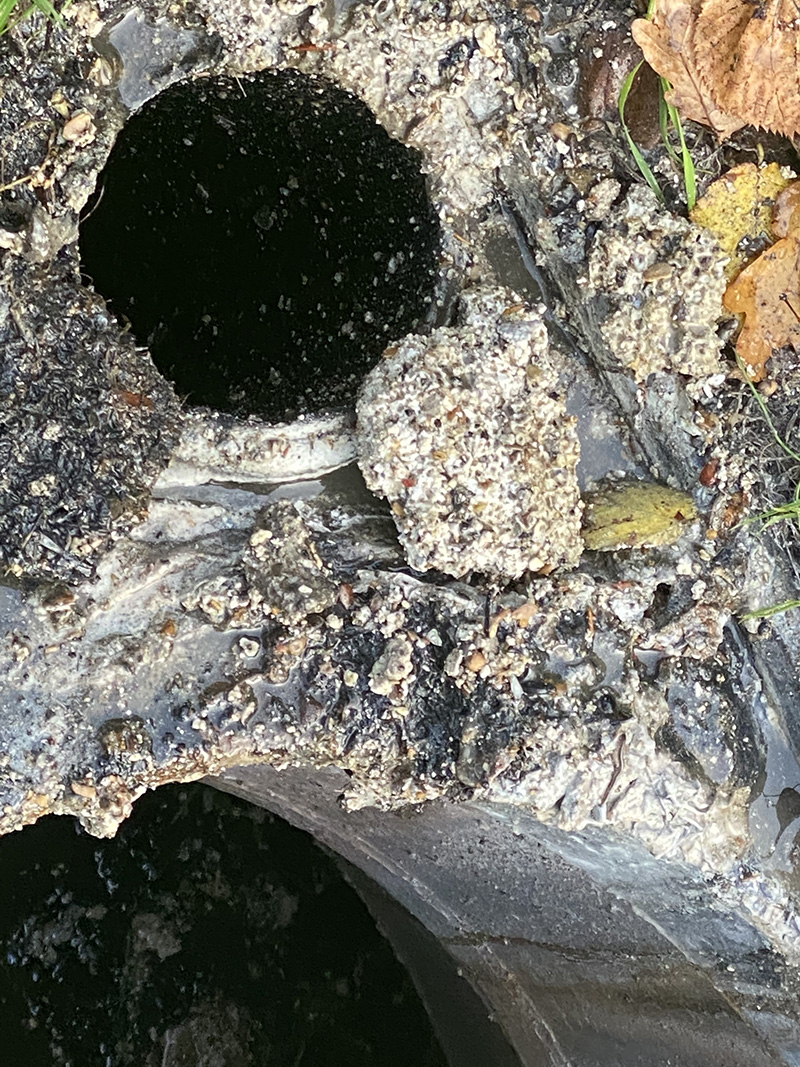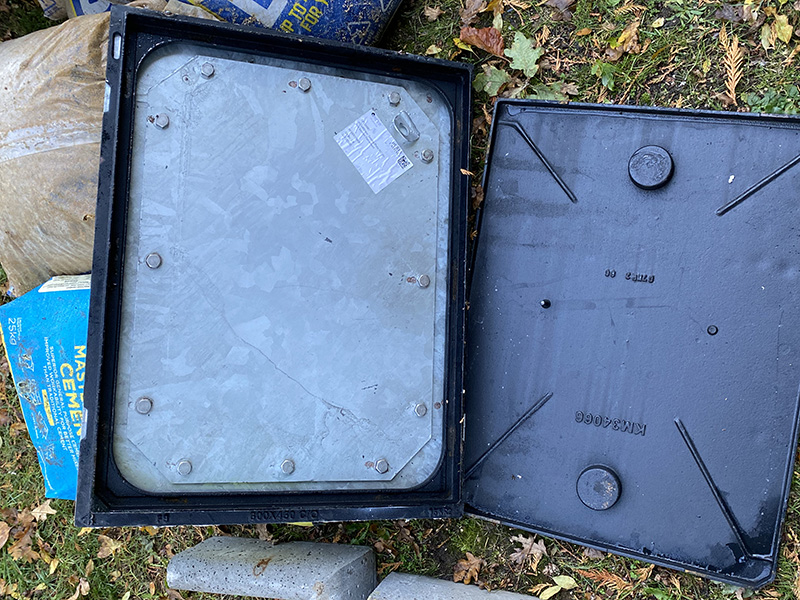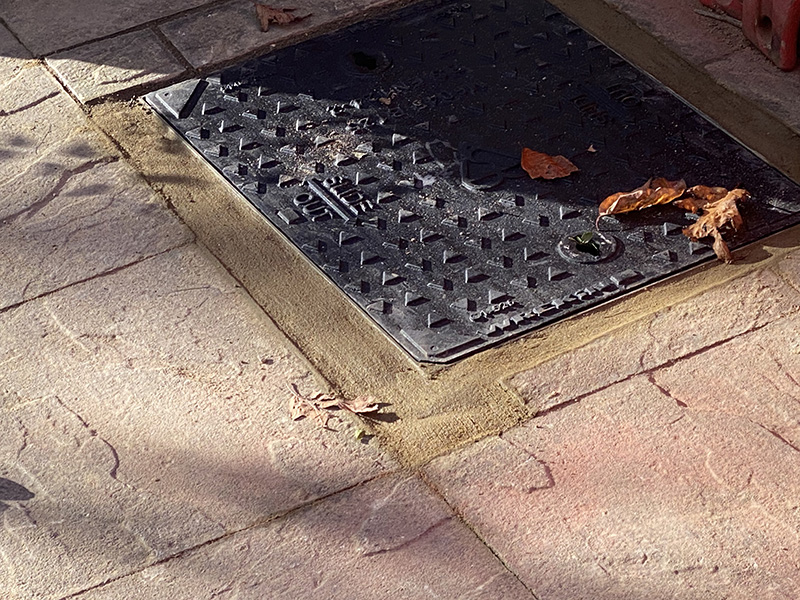Case Study | Soft blockage in your sewage pipe?
The combination of large amounts of fat, grease and oil and surface water
Further to our previous recommendations, we attended a customer’s address on Wednesday, the 1st of December 2021. We broke up and removed thick sewage along with a large amount of fat from the existing holding tank and treatment plant with our waste tanker – a total of 2300 gallons.
Observations & findings

We found the problem:- a large amount of pure white fat had blocked the pipe (The incoming T-piece pipe to the existing holding tank). The pipe from the tank to the inspection chamber (by the gate) was blocked in a couple of places. Fats were adhering to the walls and the pipe roof, so we cleaned and removed the fat from the entire length of the pipe.
Fat reduces the circumference of the pipe until it blocks altogether.
We are certainly not complaining here; we find it easy with our equipment to remove fat from drains and tanks, however, I'd like to point out that there are real consequences to this build-up for our customer. Surges, as from a blocked drain result in hundreds of gallons of sewage and fat being held back, building up pressure. Once the pressure builds up enough, the blockage is released and hundreds of gallons rush into the first chamber of the treatment plant, disturbing the settled sewage.

The large volume carries fat oil and sewage, breaching, forcing itself through the separation barriers in each compartment – unrestricted the unsettled raw sewerage, oil and fat surge into the land drains.
Each time, after the rush, the treatment plant then sorts itself out by treating the contaminated overwhelmed areas, and it becomes clean water again until the next time it builds up.
This is what we call a "soft" blockage releasing periodically.
A soft blockage is a blockage that is not hardened and can be released by the build-up of water "the block holds back the weight of the water". Eventually, it releases itself, and the block does become solid, evident by overflowing at the inspection chamber or the holding tank.
Recommendations

Carry out a site-level survey to calculate and estimate to install a grease trap, it will be necessary for someone to be on the property whilst this survey is carried out.
Change the inspection chamber lid and frame (near the gate) to a sealed frame and cover.
We will have three extra covers and frames on board just in case others need to be changed at the front of the property.

To supply and install waterproof covers and frames, including removing bricks, will allow for a thick concrete base.
We recommend separating and binning the fat.
Empty the holding tank after six months until the grease trap is fitted.
We believe the land drains are damaged. Although they still are working and coping with the daily household discharge.
The land drainage is only two years old. Once the fat grease and oil is removed and the surface water that is indirectly and directly entering the sewage system is also removed – as a result of the damage – although I can't guarantee it, they may last in excess of six years. The land drains would normally last in excess of 15 years.
To replace the land drainage will cost in the region of £6000 plus VAT.
If you are unsure whether fat, grease and oil are getting through to your drainage field we can check for you and put measures in place to protect your private sewage system and make it last a lot longer.

